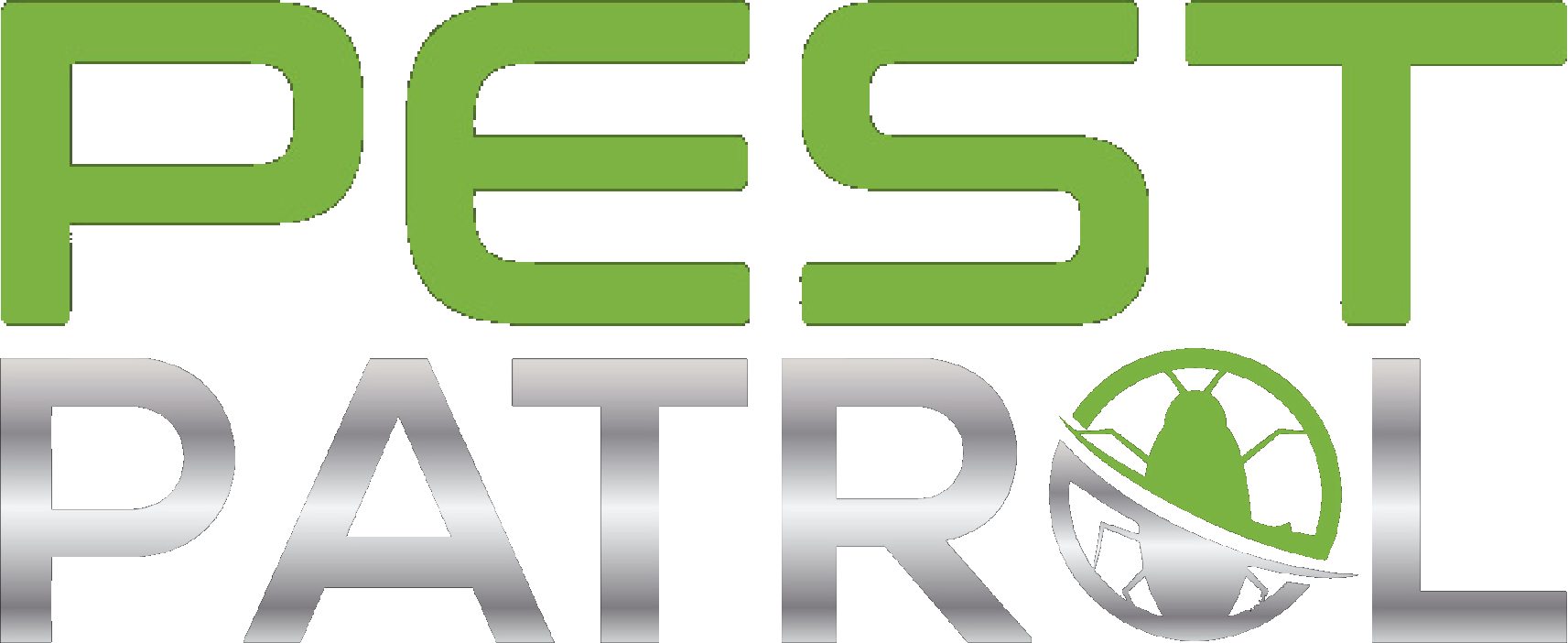Key Takeaways
- Regular inspections help identify pest issues early, preventing infestations.
- They are crucial for maintaining a healthy and safe home environment.
- Inspections can save money by reducing the need for extensive pest extermination services.
- Professional pest control Oregon offers tailored solutions for local pest problems.
- Consistent checks are key to effective residential pest treatment and management.
Regular pest inspections are essential in Oregon, a state characterized by its diverse ecosystems that support a wide array of pests. This highlights the importance of pest inspections and maintenance as a proactive approach to managing pest challenges. By employing sustainable treatment methods, residents can effectively defend against persistent pest issues. The current state of the industry shows a growing trend towards eco-friendly pest control solutions, with predictions indicating an increased demand for such services in the future. With growing awareness of environmental impacts, the industry is expected to shift further towards sustainable practices, ensuring both effective pest management and environmental protection.
Understanding the Role of Inspections in Pest Control
In the pest control industry, inspections play a importance of inspections in maintaining safety and effectiveness. This sector is vital to the broader economy, as it helps protect public health, property, and the environment from the adverse effects of pests. Regular audits and inspections are integral to ensuring compliance with global safety standards. These evaluations not only help organizations adhere to regulations but also identify potential hazards and assess the effectiveness of pest control measures. This is crucial for maintaining global safety compliance, which is a cornerstone of the industry.

Overview of Pest Inspection Practices in Oregon
Oregon’s pest inspection industry is a vital component of the state’s pest management landscape, driven by the need to address the diverse range of pests supported by its unique ecosystems. The industry is structured around several key segments, including residential, commercial, and agricultural pest control services. Each segment plays a crucial role in maintaining the health and safety of Oregon’s environments.
The residential sector focuses on home pest control, offering services that cater to homeowners seeking to protect their properties from common invaders such as moisture pests in Oregon. These pests are particularly prevalent in Oregon due to the state’s damp climate, which provides an ideal breeding ground. Pest extermination services in this sector emphasize regular inspections and sustainable treatment methods to effectively manage and prevent infestations.
Commercial pest control services target businesses and public facilities, ensuring that these environments remain pest-free. This segment often deals with larger-scale infestations and requires specialized approaches tailored to the specific needs of commercial properties.
The value chain of the pest inspection industry in Oregon involves a comprehensive ecosystem of service providers, suppliers, and regulatory bodies. Local pest control services collaborate with suppliers of eco-friendly pest control products to implement effective solutions. Regulatory bodies oversee the industry’s practices, ensuring compliance with environmental and safety standards.
Oregon pest prevention is a critical aspect of the industry’s ecosystem, emphasizing the importance of proactive measures. By conducting regular inspections and employing sustainable treatment methods, pest control professionals can mitigate the risks posed by the state’s diverse pest population. This approach not only protects properties but also contributes to the overall well-being of Oregon’s natural habitats.
Key Findings from Recent Inspections
Recent inspections in the pest control industry reveal several critical insights that highlight the sector’s current dynamics and future directions. The market size for pest control services is experiencing steady growth, driven by increasing awareness of health risks associated with pest infestations and the demand for safe pest control solutions.
Major players in the market, such as Pest Patrol PDX, are gaining significant market share by offering safe and effective pest control solutions. Their focus on using products that are safe for children, pets, and technicians resonates well with consumers, contributing to their expanding presence in Portland and surrounding areas. Key performance indicators for these companies include customer satisfaction, effectiveness of pest extermination services, and adherence to safety standards.
A graph illustrating the market growth rate and a chart showing the distribution of pest detections across different areas can provide a clearer picture of the industry’s landscape. These visualizations help in understanding the impact of recent developments and the ongoing efforts to manage pest populations effectively.

Emerging Trends in Pest Inspection Technology
The pest inspection technology landscape is rapidly evolving, driven by several key trends that are reshaping the industry. One of the most significant trends is the integration of AI-powered pest control. This technology utilizes AI-driven traps and IoT sensors to revolutionize pest management by providing real-time data and insights.
Eco-friendly pest management practices are also gaining traction, especially in historic districts where maintaining ecological balance is crucial. Tailored solutions are necessary to address the unique needs of each property, ensuring that pest control measures do not harm the environment or the historical integrity of the area. Professional pest control companies are increasingly offering these sustainable solutions to protect both homes and the environment.
These trends are driven by the need for fast and efficient service, as companies aim to provide quick resolutions for their clients’ pest problems. By adopting these innovative technologies and practices, the pest control industry is not only enhancing its effectiveness but also contributing to a more sustainable future.
Future Outlook on Pest Inspections in Oregon
As the pest control industry in Oregon looks to the future, several key trends and developments are expected to shape its future over the next three to five years. The US pest control market is undergoing US pest control market analysis, with projections extending from 2023 to 2032. This analysis provides valuable insights into future trends, with 2024 serving as the base year for these projections. The industry is poised for growth, driven by advancements in technology and evolving business models.
One of the emerging technologies likely to impact pest inspections in Oregon is Pheno Forecasts for pest management. This tool is instrumental in predicting the emergence and hatching of eggs of pests such as the Emerald Ash Borer. By enabling timely pesticide applications and parasitoid introductions, Pheno Forecasts for pest management enhance the effectiveness of pest management strategies. This technology is particularly beneficial in Oregon, where the EAB has recently been detected, offering a proactive approach to pest control.
Despite these advancements, the industry may face challenges and disruptions. Potential obstacles include regulatory changes, environmental concerns, and the need for sustainable practices. Additionally, the integration of new technologies may require significant investment and adaptation by local pest control services.
Considering multiple scenarios, the future of pest inspections in Oregon could see a blend of traditional methods and innovative solutions. As the industry evolves, companies that embrace technology and prioritize customer satisfaction, much like Pest Patrol PDX with its positive client reviews, are likely to thrive. This adaptability will be crucial in navigating the complexities of pest extermination services and ensuring the continued growth and success of the industry.
Strategic Recommendations for Homeowners and Inspectors
Strategic recommendations for homeowners and inspectors in the pest control industry focus on proactive measures and effective collaboration. Preventing pest infestations is a priority, requiring awareness and proactive management. Homeowners should be vigilant in recognizing early signs of pests and avoid DIY mistakes to maintain a pest-free environment. Regular inspections and good waste management practices are essential for ensuring a comfortable and safe living space.
Frequently Asked Questions
- Why are regular inspections important for pest control?
Regular inspections help identify pest issues early, preventing infestations and minimizing damage to your property. - How often should I schedule pest inspections?
It is recommended to schedule pest inspections at least once a year to ensure early detection and effective management. - Can I perform pest inspections myself?
While you can conduct basic checks, professional pest control services offer thorough inspections that are more likely to identify hidden issues. - What are the benefits of hiring local pest control services?
Local pest control services have specific knowledge of regional pest issues and can provide tailored solutions for your area.


